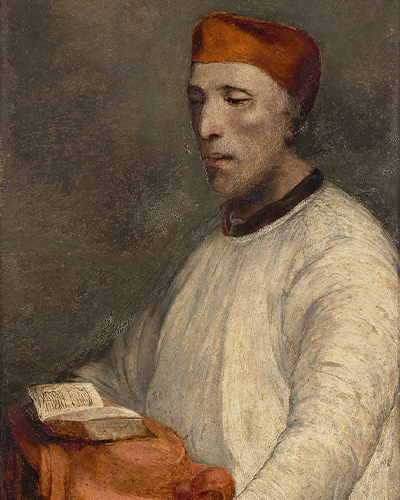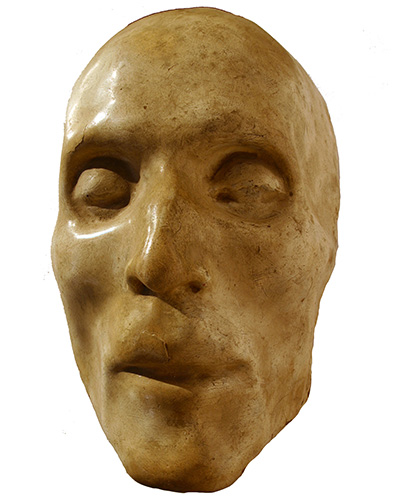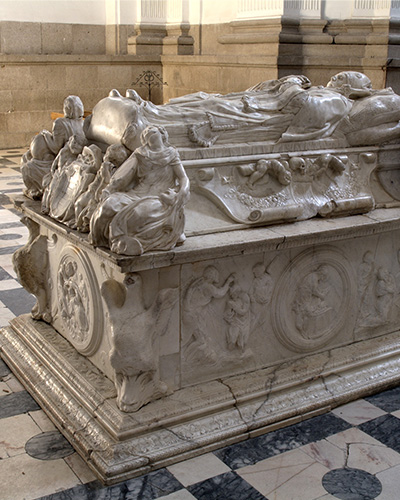Berruguete was the eldest son of one of the leading figures in Hispanic painting of the last quarter of the 15th century, Pedro Berruguete, in whose workshop he must have begun his training. Following the early death of his father in 1503, he left for Italy to complete his training, residing in Florence and Rome between disputed dates, the most widely accepted being 1506 for his departure and 1518 for his return. There he found a certain degree of protection from Michelangelo, whose Florentine circle he joined through Francesco Granacci.
It is certain that in 1518 he was already in Spain to execute the tomb of the highest dignitary of the newly arrived Carolinian court, that of Chancellor Selvaggio (Jean Sauvage) in Saragossa, which shows that he already had a certain reputation. He subsequently continued to serve among the court artists and became part of the circle of the royal architect Alonso de Covarrubias. The commission in 1526 for the altarpiece of San Benito el Real in Valladolid marked a turning point in his life and work, as it enabled him to build himself a palatial residence in Valladolid in keeping with his social pretensions and to set up a large workshop with which to undertake major commissions. From Italy he brought not only ideas and training but also a modern approach to the artist's work which, in the words of Manuel Arias, "was based on drawing, in accordance with the postulates established in Italy, where his art had been forged. Berruguete worked as a master, tracing drawings and sketches, making cartons which his officials transferred to the final support".
His two centres of production were Valladolid, where he had his residence and workshop, and Toledo, where he produced his mature work thanks to the patronage and even the protection of Cardinal Tavera who, probably as early as 1523, when he was president of the Royal Chancery of Valladolid, had secured him a position as a notary public. In Toledo he produced his greatest work, the choir stalls of his cathedral and his last work, the tomb of his great benefactor, and even found the protection of the fabriquero canon, Diego López de Ayala, who possibly, as one of those in charge of the iconographic programme of the Chapel of the Saviour in Úbeda, helped him to be called upon by Francisco de los Cobos's widow, María de Mendoza, to commission the Altarpiece of the Transfiguration.
His style is characterised by emotional intensity and the dramatic movement of his characters, with a certain lack of concern, at times, for technical workmanship. His production is abundant in altarpieces and choir stalls such as the one mentioned above for Toledo Cathedral (1539-1548), where he carved on walnut, without any polychromy, a marvellous gallery of figures of prophets and saints in a wide variety of poses and animated by intense interior life. Other masterpieces, in addition to those mentioned above, are the altarpieces of Mejorada de Olmedo (1526), that of San Benito in Valladolid (1526-1532), in which scenes of the Benedictines and the life of Christ are depicted in relief, and that of the Adoration of the Kings (1537), also in Valladolid.



